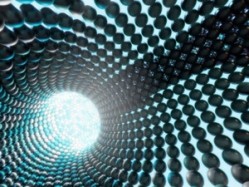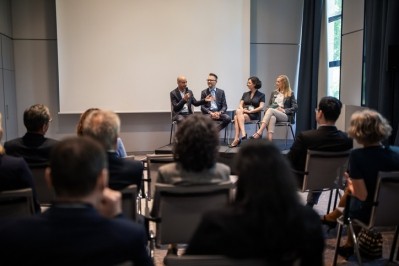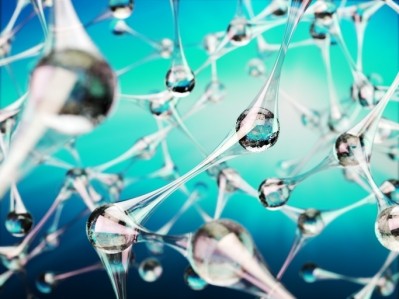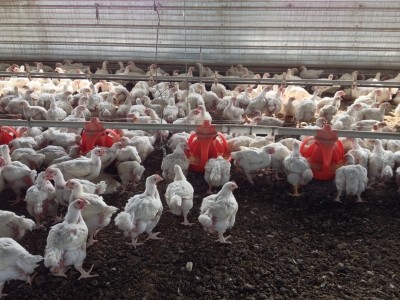Nanotechnology could help producers end reliance on antibiotics

Other feed focused R&D in the nano arena involves projects looking at products that could absorb bacteria and toxins, and others that may improve the digestibility of feed, said the team behind the review, which included experts from Wageningen University (WUR) and the Joint Research Centre (JRC) of the EU Commission.
Research and development on nanoscale-science (particles of 1-100 nanometer) has been growing worldwide but there are relatively few commercialized applications.
“A comparison between current and future applications indicates a trend from inorganic materials like silver towards organic materials like nano-encapsulates and nano-composites.
The results also indicate that applications in novel foods, feed additives, biocides and pesticides are currently mostly at a developmental stage,” said the reviewers, led by Peter Ruud from WUR.
The European Food Safety Authority (EFSA) had sought an evaluation and inventory of current and future nanotechnology applications in the feed, food and agri-sector along with a review of global regulation to underpin its future risk assessment work in the nano domain.
R&D in nano sized feed additives
The WUR and JCR mapping of nano R&D in animal feed reveals that antibacterial nanosilver could have a similar effect to a lot of antibiotics currently used in feed when added to drinking water for chickens.
“Somewhat surprisingly, nanosilver has also been tested to reduce the toxicity of aflatoxin in chickens,” said the authors.
The team also found polystyrene-based particles are being added to chicken feed to bind bacteria that then pass through the gastrointestinal tract of the bird along with other fecal matter.
“Another development is the potential use of nanoclay as a feed additive.
The contamination of animal feed with mycotoxins represents a worldwide problem for farmers and can cause serious diseases in farm animals.
Researchers have developed a montmorillonite-based nanoclay specifically to absorb mycotoxins in the gastrointestinal tract of animals to protect them from mycotoxosis,” said the reviewers.
They also report on a project involving the supplementation of the diet of sheep with selenium in the form of nano-selenium, with results showing improved feed digestion.
“Theoretically, any nano-sized mineral, vitamin or other additive developed for a food application could equally be used for animal feed,” added the authors.
Graphic from EFSA report showing types of nanomaterials for future food and feed applications
Global regulation
A few EU legal acts incorporate a definition of a nanomaterial but there are currently no provisions for nanomaterials in EU legislation for pesticides or feed, said the reviewers.
They found a broader, guidance for industry led approach in many non-EU countries with limited nanomaterial specific legislation or a legally binding definition of nanomaterial.
Last month saw the US Food and Drug Administration (FDA) release draft guidance on the use of nanotechnology in livestock diets.
The FDA told us the recommendations take into account the latest scientific information available.
"As the field of nanotechnology advances, we anticipate that manufacturers will likely want to use nanomaterials in food for animals and, by issuing this draft guidance, FDA wants to help them identify and understand potential issues related to the safety and regulatory status of food for animals containing nanomaterials or otherwise involving the application of nanotechnology," said Jeff Ventura, a communications spokesperson for the regulator.
More uniform management of nanomaterials
A few EU countries are developing specific provisions to regulate nanotechnology-based products, with a mandatory reporting system for nanomaterials already introduced in France.
An interministerial decree was published in 2012 and it applies to all companies and research laboratories in France producing, distributing or importing more than 100 grams a year of nano substances.
But Germany is leading the call, said the report, for a European nano product register over a national version, claiming this would lead to a more uniform management of nanomaterials across the EU.
















